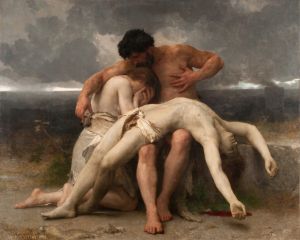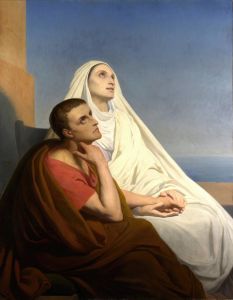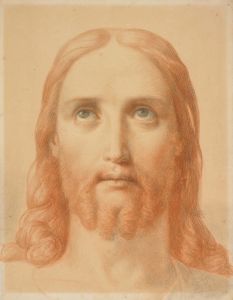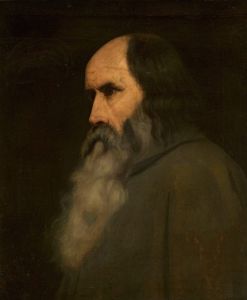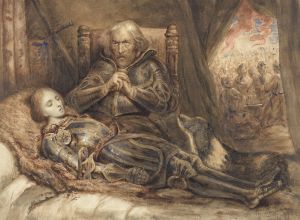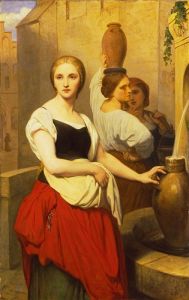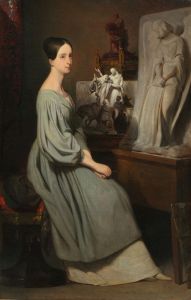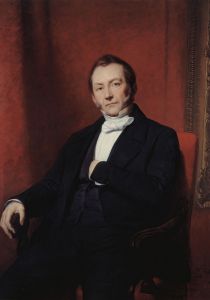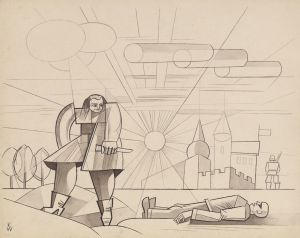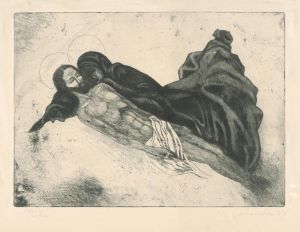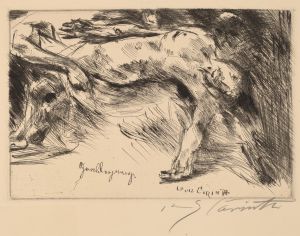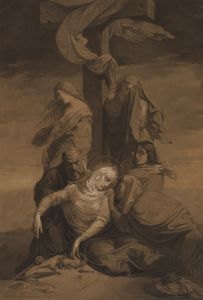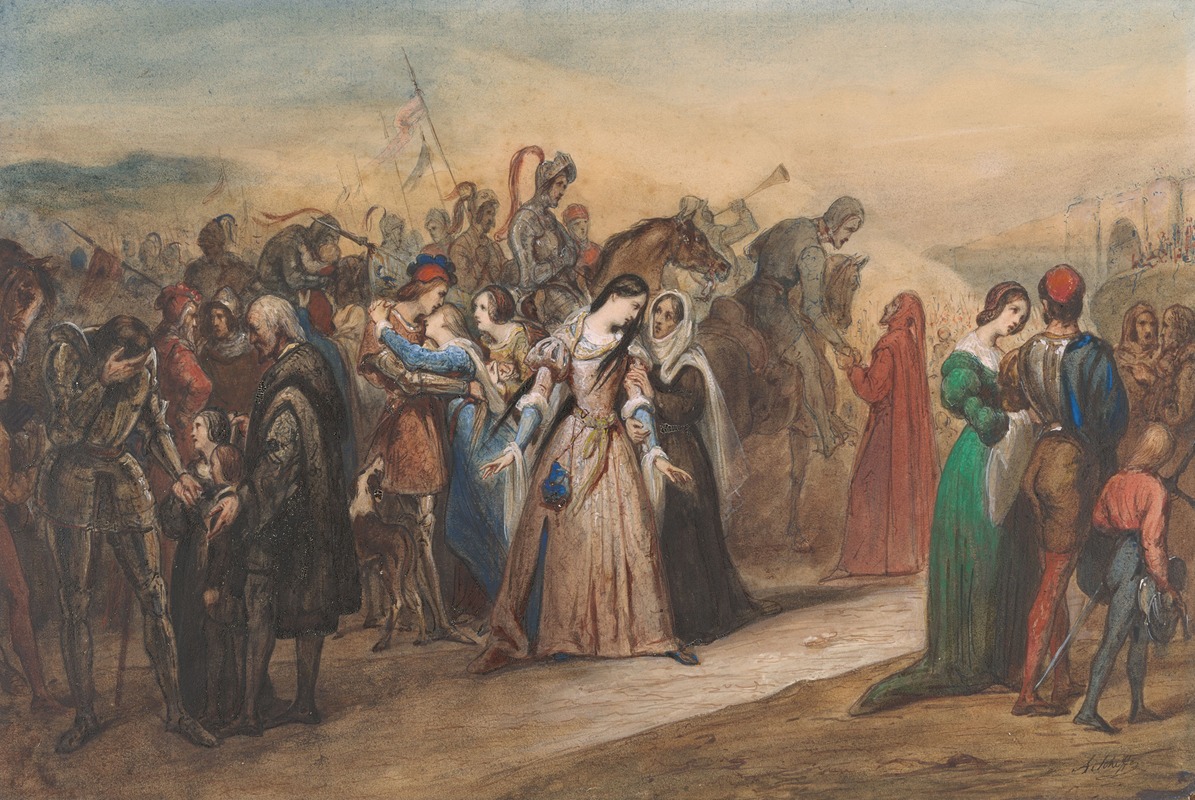
Lénore, or The Return of the Army
A hand-painted replica of Ary Scheffer’s masterpiece Lénore, or The Return of the Army, meticulously crafted by professional artists to capture the true essence of the original. Each piece is created with museum-quality canvas and rare mineral pigments, carefully painted by experienced artists with delicate brushstrokes and rich, layered colors to perfectly recreate the texture of the original artwork. Unlike machine-printed reproductions, this hand-painted version brings the painting to life, infused with the artist’s emotions and skill in every stroke. Whether for personal collection or home decoration, it instantly elevates the artistic atmosphere of any space.
Lénore, or The Return of the Army is a painting by the Dutch-French Romantic artist Ary Scheffer, created in 1831. Scheffer, born in Dordrecht, Netherlands, in 1795, was a prominent figure in the Romantic movement and spent much of his career in France. He is known for his emotionally charged and often literary-inspired works.
The painting Lénore, or The Return of the Army, is based on the ballad "Lenore" by the German poet Gottfried August Bürger, first published in 1773. The ballad tells the story of Lenore, a young woman who anxiously awaits the return of her fiancé, Wilhelm, from the Seven Years' War. When he does not return, she curses God and falls into despair. One night, Wilhelm appears and takes her on a wild ride through the night, only for Lenore to realize that he is a ghost and she is being taken to her grave.
Scheffer's painting captures the dramatic and eerie moment when Lenore is taken away by the ghostly figure of Wilhelm. The composition is marked by its dark, moody atmosphere and the intense expressions of the characters. Lenore's face is a mixture of fear and resignation, while Wilhelm's ghostly presence is both commanding and otherworldly. The use of chiaroscuro, the contrast between light and dark, enhances the painting's emotional impact and adds to the sense of foreboding.
Scheffer's choice to depict this particular moment from Bürger's ballad reflects the Romantic fascination with themes of love, death, and the supernatural. The painting is also notable for its technical execution. Scheffer's skillful use of light and shadow, as well as his attention to detail in the figures' clothing and expressions, demonstrate his mastery of the Romantic style.
Lénore, or The Return of the Army, was well-received in its time and contributed to Scheffer's reputation as a leading Romantic artist. The painting is part of the collection of the Louvre Museum in Paris, where it continues to be admired for its emotional depth and technical brilliance.
Ary Scheffer's work, including Lénore, or The Return of the Army, remains significant in the study of Romantic art. His ability to convey complex emotions and his dedication to literary themes make his paintings enduring examples of the Romantic movement's ideals.





